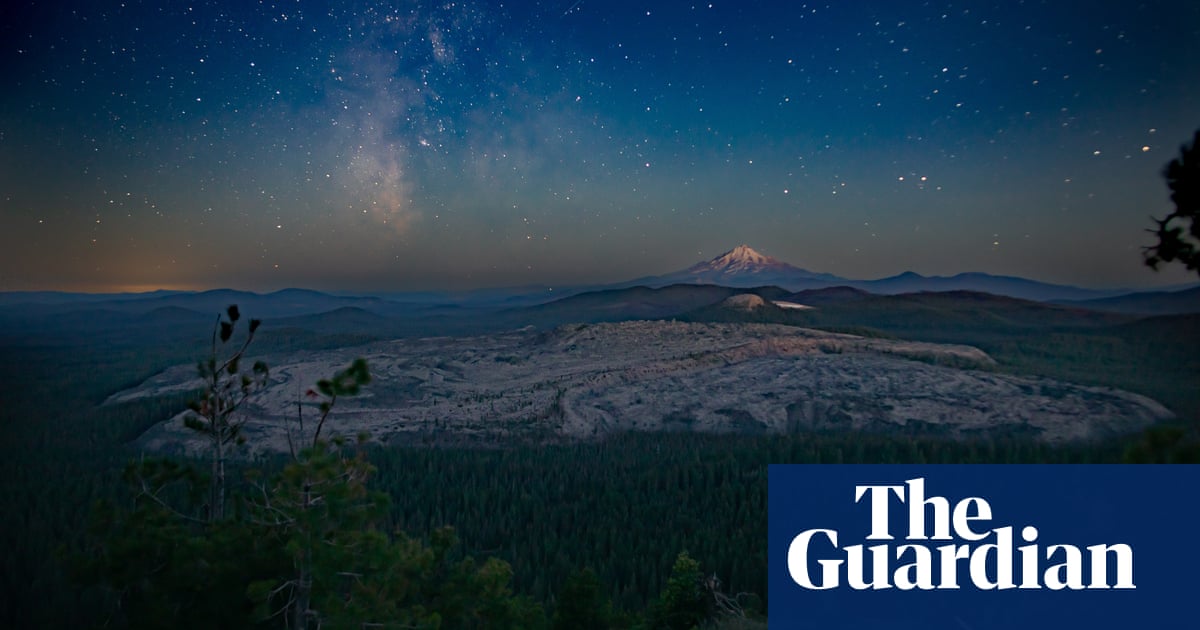
Environmental groups are petitioning President Biden to protect three areas in California: Sáttítla, Kw’tsán, and Chuckwalla. Hidden in northern California’s snow-brushed pines lies Sáttítla, a half-million-year-old volcano. Its obsidian and pumice rock formations, resembling taffy ripples from above, create a unique landscape. Brandi McDaniels of the Pit River Tribe describes the area as feeling “like you’re in another world,” highlighting its shimmering, otherworldly quality.
For decades, the Pit River Tribe and environmental groups have fought to protect this area from geothermal development, logging, poaching, and other threats. They are now urgently pushing for its designation as a national monument to prevent future extractive development. McDaniels emphasizes the tribe’s desire to safeguard the land for future generations and to use it as a place of healing from historical traumas. The tribe seeks co-stewardship of the region, collaborating with the broader community to preserve cultural sites significant to the Pit River and Modoc tribes.
The area, spanning three national forests, sits atop volcanically formed aquifers holding as much water as California’s 200 largest surface reservoirs. It boasts over 450 native plant species, including 19 rare or endangered ones, and provides habitat for threatened animals such as the northern spotted owl, sierra martin, and Pacific fisher. Geologist Nick Joslin describes the area’s chaotic yet ultimately harmonious landscape, only fully appreciated from a distance.
A national monument designation would provide resources for trail improvement, wildfire resilience measures, and anti-poaching efforts. The Pit River Tribe is part of a coalition advocating for the designation of all three sites – Sáttítla in the north, and Kw’tsán and Chuckwalla in the south – before a potential change in administration. This would protect approximately 1 million acres from development and resource extraction.
The Fort Yuma Quechan Indian Tribe supports Kw’tsán’s protection to prevent gold mining in culturally and ecologically significant areas. Chuckwalla’s supporters aim to safeguard ancestral lands and crucial habitat for numerous threatened species. This aligns with President Biden’s “America the Beautiful” plan to conserve 30% of US land and water by 2030. McDaniels argues that designating these monuments is consistent with this plan.
Conversely, a potential shift in administration could lead to increased resource extraction. Creating national monuments under the Antiquities Act of 1906 offers a way to mitigate this risk, though past experience demonstrates its vulnerability. Over 160 scientists and several California lawmakers have urged Biden to designate Sáttítla, citing its importance to California’s climate change resilience.
A significant victory against industrial geothermal development on Sáttítla in 2019 highlights the ongoing fight. Concerns remain about the potential contamination of the region’s vital aquifer. Radley Davis, a Pit River tribal member, emphasizes the tribe’s role not merely as stakeholders, but as decision-makers with a right to participate in protecting their ancestral lands and biodiversity.
